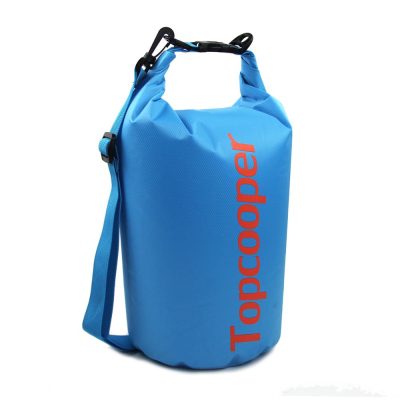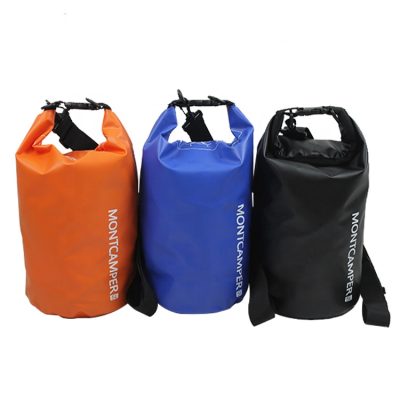Tarpaulins play a crucial role in construction safety by providing protection for workers, equipment, and the construction site itself. They help mitigate various risks and hazards commonly associated with construction projects. Here are several ways in which tarpaulins are used to enhance construction safety:
- Fall Protection: Tarps can be used as safety nets or debris containment systems to prevent falls from heights. They are installed at different levels of the construction site to catch falling objects and debris, reducing the risk of injuries to workers below.
- Weather Protection: Tarps are used to shield workers and construction materials from adverse weather conditions, such as rain, snow, wind, and extreme temperatures. This protection helps maintain a safe and comfortable working environment.
- Dust and Debris Control: Construction activities generate dust and debris that can pose health risks to workers and nearby communities. Tarps can be used to enclose construction areas and contain dust and debris, reducing exposure to airborne contaminants.
- Equipment Protection: Tarps are often used to cover heavy machinery, tools, and equipment when they are not in use. This protects the equipment from weather-related damage and extends its lifespan.
- Scaffold Enclosures: Tarps can enclose scaffolding systems to protect workers from the elements and provide a safe working environment, especially when working at heights.
- Hazardous Material Containment: In situations involving hazardous materials, tarps can be used to create containment barriers to prevent spills or leaks from spreading and causing environmental or health hazards.
- Emergency Shelter: Tarps can serve as emergency shelters in case of unexpected adverse weather conditions, providing a place for workers to seek refuge during storms or extreme heat.
- Pedestrian and Traffic Safety: Tarps can be used to create temporary pedestrian walkways and traffic barriers to redirect foot and vehicle traffic safely away from construction zones.
- Noise Reduction: Tarps can help dampen construction-related noise, improving the working environment and reducing the risk of hearing damage for workers and nearby residents.
- Security: Tarps can be used to conceal construction materials and equipment, reducing the risk of theft and vandalism at construction sites.
- Fire Prevention: Fire-resistant tarps can be used to prevent sparks or hot debris from welding or cutting operations from igniting nearby flammable materials.
- Warning Signs: Tarps can be used as a backdrop for safety signs, warnings, and information about construction hazards to keep workers and visitors informed.
To maximize construction safety when using tarps, it’s essential to:
- Select Appropriate Tarps: Choose tarps that are suitable for the specific application, such as fire-resistant tarps for welding areas or heavy-duty tarps for debris containment.
- Proper Installation: Ensure that tarps are securely fastened and adequately supported to prevent them from shifting or collapsing during strong winds or adverse weather conditions.
- Regular Inspection: Regularly inspect tarps for damage or signs of wear and tear, and replace them as needed to maintain their effectiveness.
- Training and Awareness: Provide workers with proper training on tarpaulin use and safety procedures, and maintain a culture of safety awareness on the construction site.
Overall, tarpaulins are valuable safety tools in the construction industry, helping protect workers and the environment while reducing the risk of accidents and injuries.


















